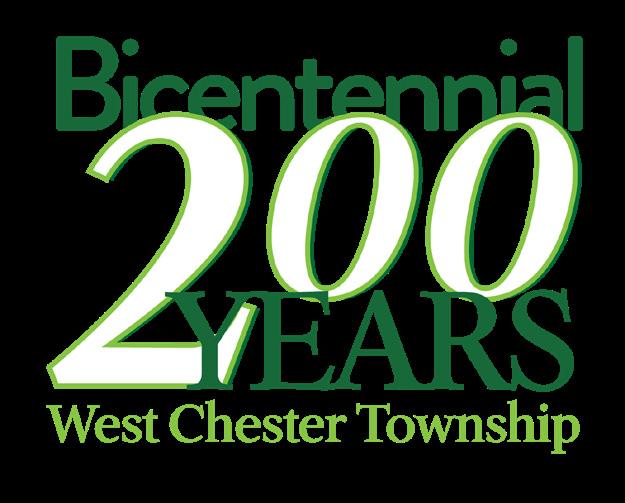
2 minute read
VILLAGES OF WEST CHESTER
West Chester Township is a community made up of villages that are a part of our earliest history and neighborhoods that have come to define West Chester as a “place where families grow…”.
Activity in the main villages of West Chester actually predates the official establishment of Union Township, which occurred June 2, 1823.
Advertisement
These village names continue to exist on maps and even some signage due to the fact that West Chester remains a township and neither the entirety, nor parts of, the community have been incorporated as a city.
The villages sprang up in the early 19th century, forming city centers out of and in between vast swaths of farmland covering much of Union Township in the 1800s and early 1900s. Each village developed its own charm and character.
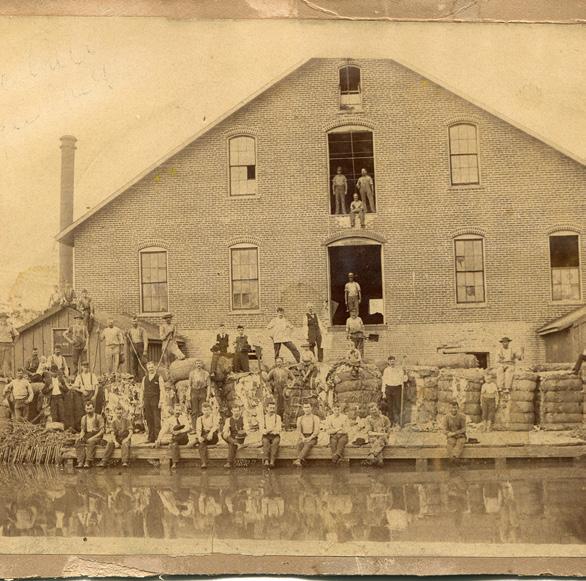
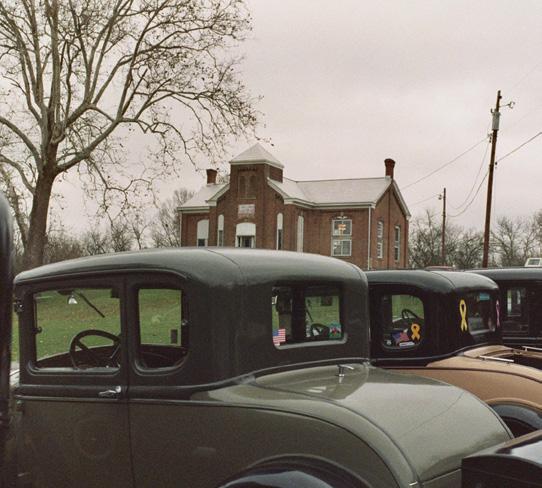
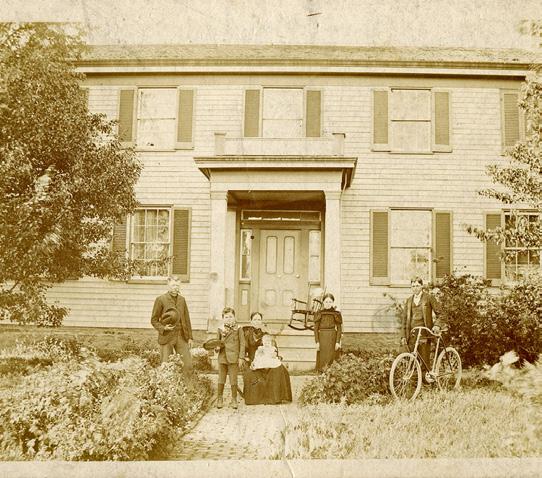
Pisgah
The village of Pisgah wasn’t officially platted until 1924, but was active long before then. Pisgah is located east of Olde West Chester along what’s today Cincinnati-Columbus Road (Route 42). In the 1800s, this road was used as a buffalo trail, a military route and a turnpike. In 1812, William Belch bought farmland – initially owned by two of the areas earliest settlers, John Van Hise and Isaac Paxton – where he kept a hotel or stagecoach stop called the Belch House for about two decades.
Port Union
In 1859, Port Union became an official village when it was platted by William W. Elliott on or about March 5, 1859. The area was first called “McMaken’s Bridge” for Joseph McMaken, who is considered the first pioneer of Union Township. Joseph McMaken built his log cabin home and moved to the area of what’s today the confluence of Rialto, West Chester and Beckett roads in December 1795. Starting in 1826, the Miami and Erie Canal was built through this southwest corner of Union Township.
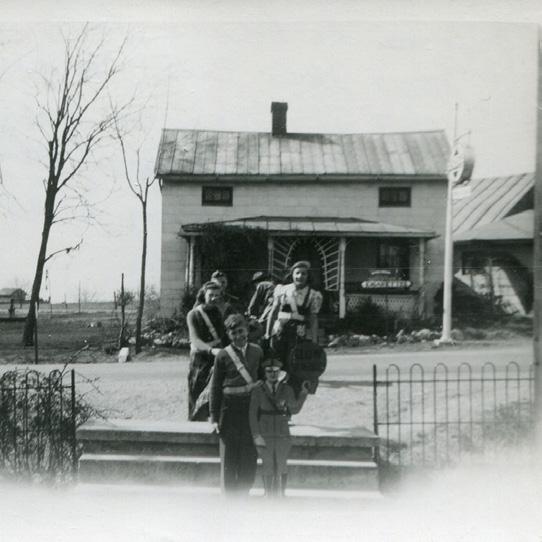
Tylersville
In 1842, Daniel Pocock platted Tylersville on 400 acres of his farm property. The village of Tylersville is located northwest of (Olde) West Chester. Naming is credited to John Sullivan, who chose it as an homage to President John Tyler. In the late 19th century and into the early 1900s, inhabitants also knew this area by the nickname “Pug” or “Pug Muncy.” Legend has it that an African American gentleman by the name of Pug Muncy lived in a log cabin there sometime in the 1800s.
(OLDE) WEST CHESTER
In 1817, Hezekiah Smith, a Baptist minister, acquired 64 acres of land and platted the Town of Mechanicsburgh in the area known today as Olde West Chester. On October 2, 1826, the name changed to West Chester to match that of our community’s first Post Office, established just east of the town two years earlier. (Olde) West Chester is the first and oldest village of Union Township, home of the first church and many of the first businesses outside of the agriculture industry.
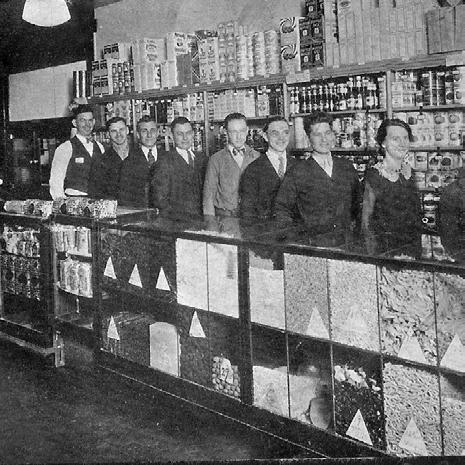

Maud
Richard Maud platted the village of Maud on April 29, 1873, inspired by the opening of the Dayton Shortline Railroad the fall prior. Maud is located northeast of (Olde) West Chester, near the intersection of what’s today Tylersville and Cincinnati-Dayton roads. Maud was first called “Shoemaker,” for reasons unknown. Maud developed into a residential and railway community, with its own train depot, “the grand station,” and a roundhouse.










